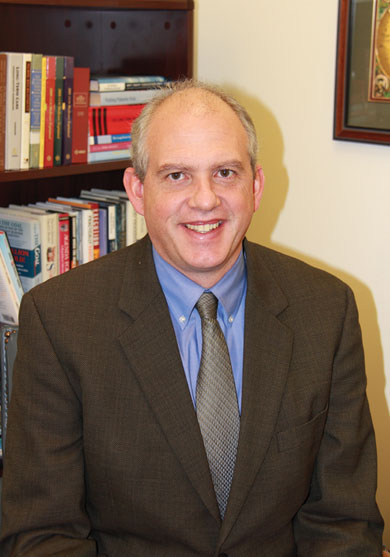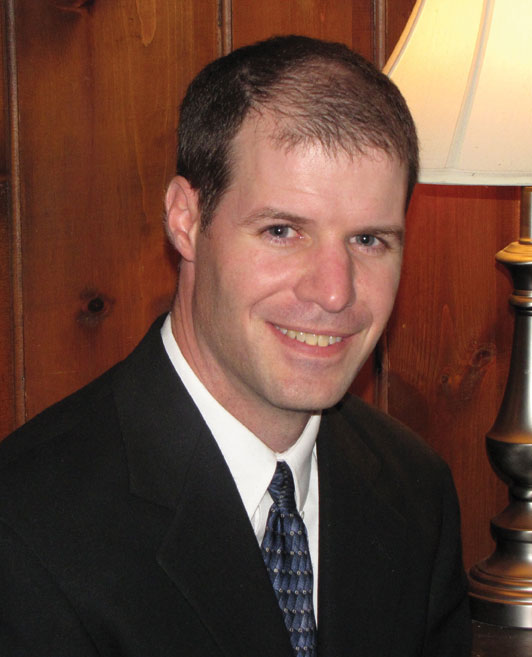Beyond The Biology: How Nurse Practitioners Lead The Way
6/1/2014
 Nearly a decade’s worth of research is showing that nurse practitioners may hold the key to reducing needless hospitalizations. But a growing number of quality advocates and experts say it may not be because of what the nurse practitioners do—it’s how they do it.
Nearly a decade’s worth of research is showing that nurse practitioners may hold the key to reducing needless hospitalizations. But a growing number of quality advocates and experts say it may not be because of what the nurse practitioners do—it’s how they do it.
The Centers for Medicare & Medicaid Services (CMS) has already opened up a five-city project testing whether nurse practitioners can help forestall trips to the hospital. CMS officials declined to discuss their results with Provider, but those familiar with the early returns say that the nurse practitioners are making a huge difference for the better.
Cardiac Readmissions Cut In Half
Just last month, the Journal of Cardiovascular Nursing published a study that found that adding a nurse practitioner to cardiac teams reduced readmissions by nearly half. In fact, the absence of a nurse practitioner on the team was the second-leading indicator of a return to the hospital, behind heart failure and before diabetes, the researchers found.
Clinical nurse and Northeastern University Jonas Scholar Daniel David led the journal study. He says that, by their training, nurse practitioners tend to have “an interesting outlook on the entire health care process.”
“They have the medical training to take care of patients in a clinical way, but they’re also looking at barriers of care,” he says. “Their view extends beyond the biology to what really helps and hurts patients.”
Physical Presence
David Gifford, MD, senior vice president of quality for the American Health Care Association/National Center for Assisted Living (AHCA/NCAL), says that nurse practitioners are trained to diagnose and treat diseases, but their real gift is simply being closer to the resident, more often.
“If you look at the literature on readmissions, in many of the rehospitalizations that were preventable, people showed earlier, little signs. Having a nurse practitioner there to lay their hands on the person, to take a look at subtle changes, you can now prevent things from blossoming into a full-blown infection,” he says.
Gifford and David agree that the research shows that a “team-oriented” approach to care is vital, with open lines of communication between and among residents, family, and staff.
They also agree that those skills that benefit a nurse practitioner—being able to think like a doctor and a patient advocate—should be easily transportable if caregivers are focused on quality.
‘It’s Transferable’
This kind of observation and empathy “is not specific to nurses,” Northeastern’s David says. “I think it’s transferable to anyone interested in taking care of people.
"We’re shifting our focus not only to the things that are lab-valuable, but also in psychosocial factors, such as whether people adopt the recommendations we give them.”

In fact, David and his colleagues are already at work on a follow-up study. They’re poring over thousands of discharge papers to see whether there are differences between the ways doctors and nurse practitioners write out instructions for patients.
AHCA/NCAL’s Gifford says providers shouldn’t focus on working titles as much as they should focus on what the resident is telling them.
“There are a number of nurses I’ve worked with who have better medical skills than many doctors I’ve worked with,” he says. “And I’ve worked with many doctors who have better bedside manners and compassion than many nurses I’ve worked with.”
Besides, Gifford adds: “You don’t need any clinical training to think necessarily about what it’s like to be a patient and how to be more person-centered. Many, many family members take care of their relatives without any medical training.”